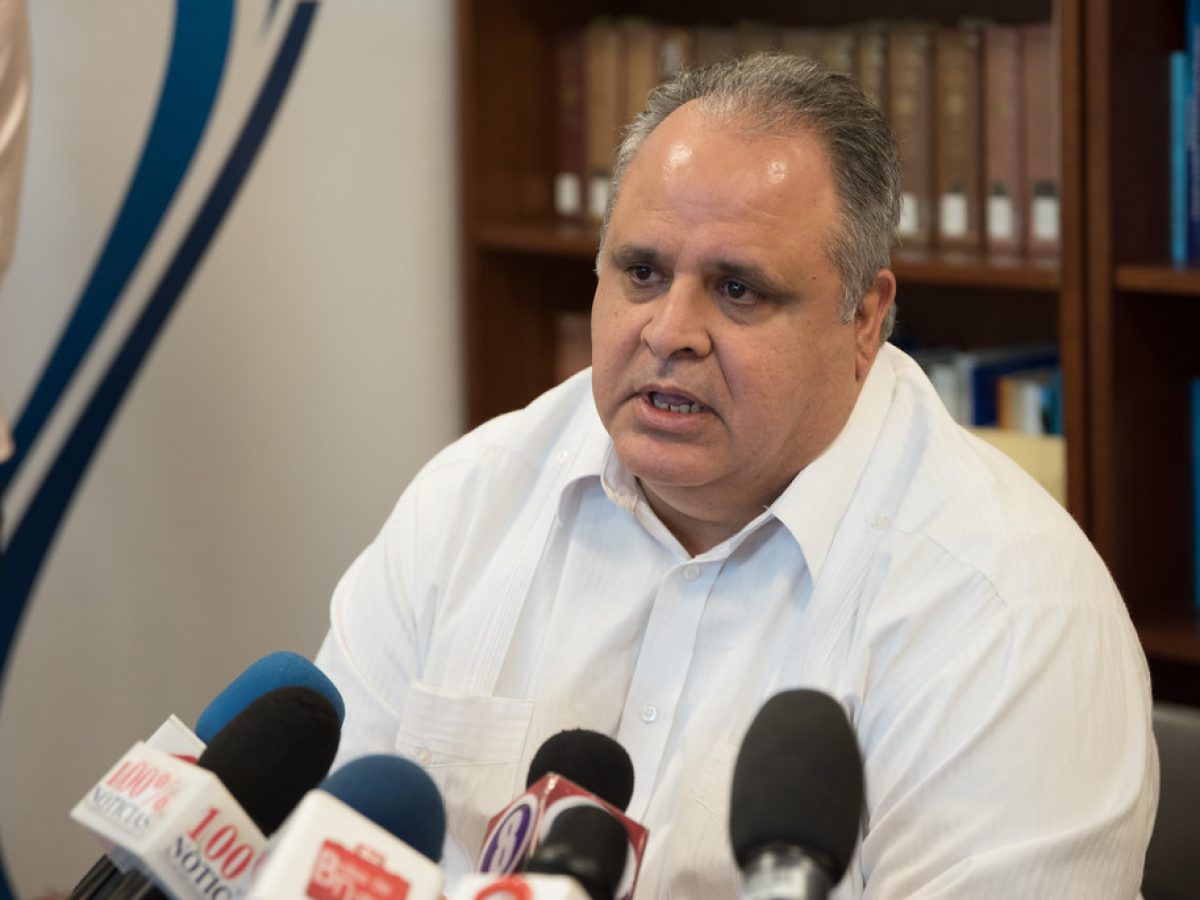In third place is the Citizen Movement, which until 2018 had been an ally of the traditional parties, but which as of 2021 decided to be the third way, in its words, an alternative to the political forces in power and the traditional parties. Sometimes it is also possible for us to see candidacies of a local party, newly registered or independent.
In this way, the elections have become races of three, where the different political forces seek to unite because they consider that it is the only way to obtain victories. What actually happens is that these seven parties generate a false illusion of a plurality of political forces where none exists, because on the one hand what they do is recycle candidacies, and on the other, not all of them really contribute to the coalition. Let’s see what happened on Sunday:
We mostly saw two great coalitions: Together We Make History -with Morena, the PT and the Green- and Va por México -with the PRI, the PAN and the PRD. Although these were not uniform in all entities, the media narrative handled them as such. Citizen Movement continued its commitment to go alone in all entities and for all positions.
To really know how much each political party contributes to a coalition, it is necessary to analyze the vote individually. This was the percentage of votes (1) obtained by each party with national registration for the gubernatorial position in the six elections:
The PT did not reach 3% of the vote in three of the six entities: Aguascalientes, Hidalgo and Quintana Roo. El Verde in four: Aguascalientes, Durango Hidalgo and Oaxaca. The PRD also did not obtain the minimum of 3% in three entities: Hidalgo, Quintana Roo and Tamaulipas, in Aguascalientes and Oaxaca it barely exceeded the minimum percentage, and in Durango, although it did not have the minimum of 3% in the gubernatorial election, it did. He got it from the town councils.
The PRI did not reach the minimum of 3% in the election for the governorship of Quintana Roo, but in the Congress of that entity it did exceed that percentage.
Not reaching 3% in the gubernatorial election implies not only that their contribution to the coalition is marginal or minimal, since their state strength is practically nil, but also that they will lose their accreditation at the local level, they will not be able to receive prerogatives (financing and times on radio and television), and will not have representation before the local electoral authority.
The PRI was barely saved in Quintana Roo by the election of the congress and the PRD in Durango by that of city councils.
Observing the above, it is necessary to rethink the logic behind these coalitions, especially that of Va por México. First, although other factors would have to be considered, it seems that if there were no coalitions there would be no significant changes in the vote received by a candidate and the results would not have been different.








